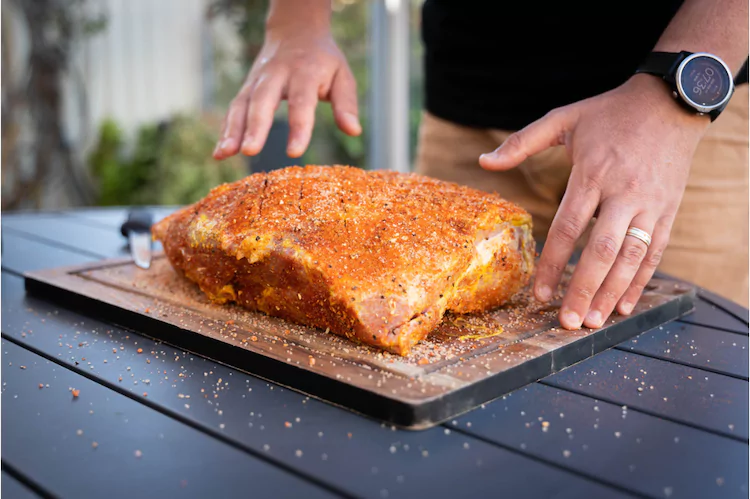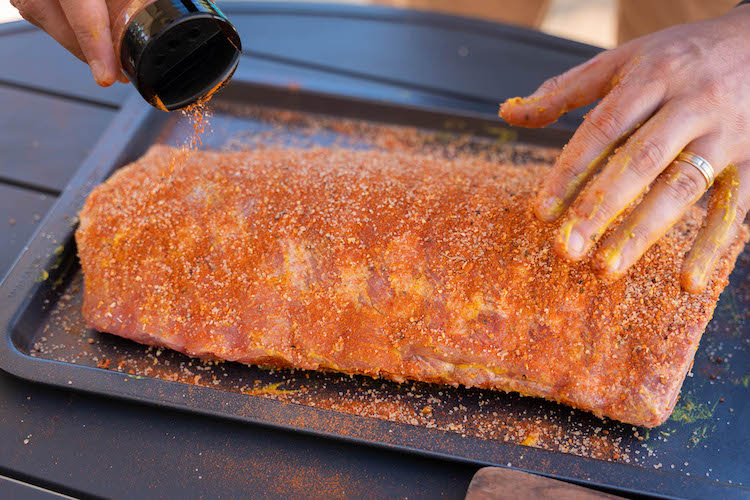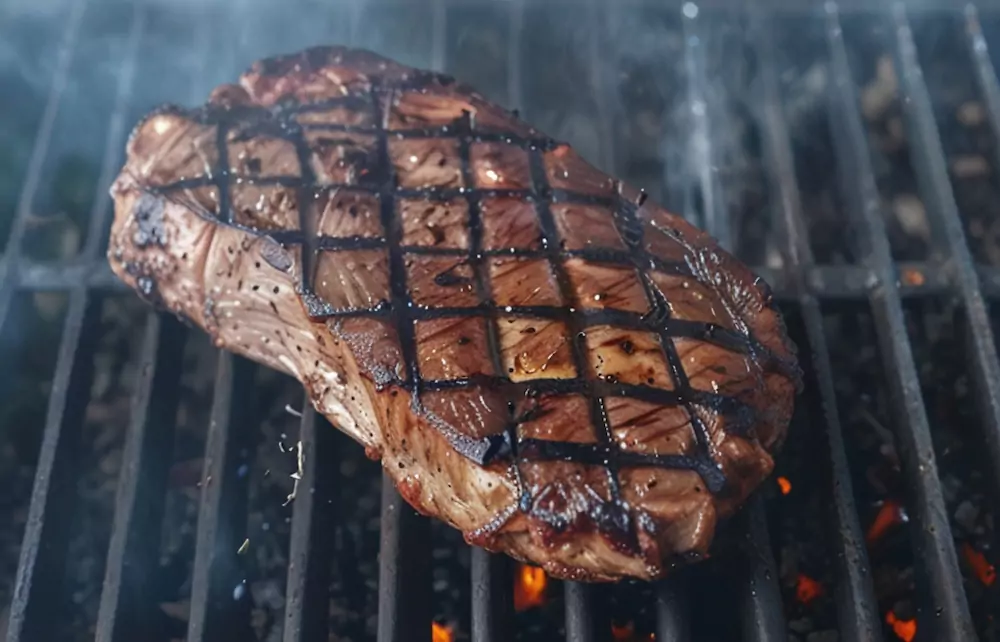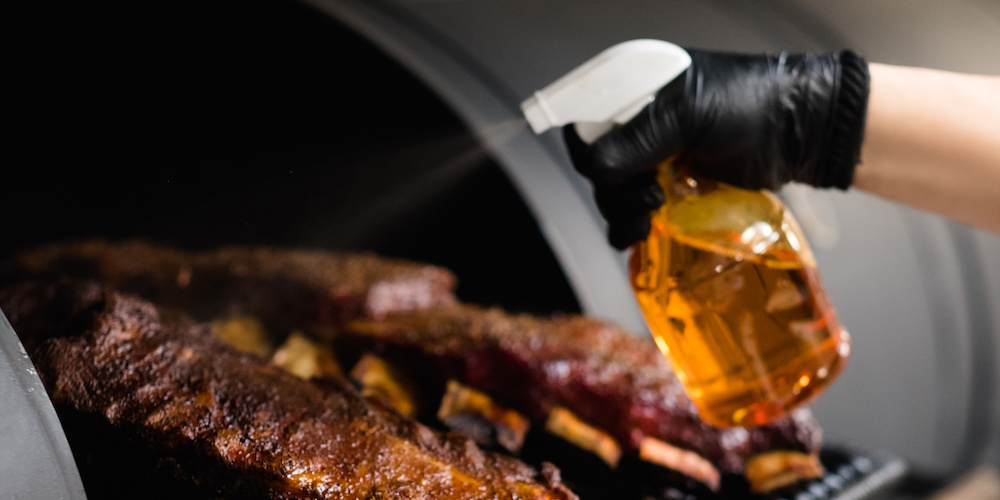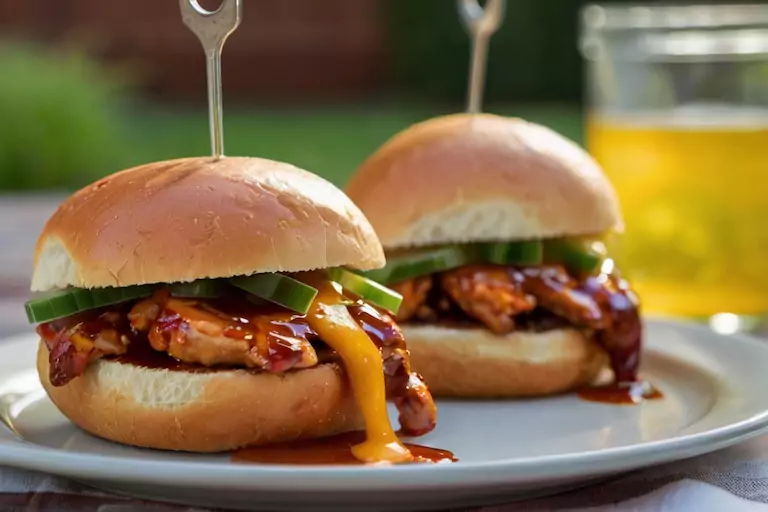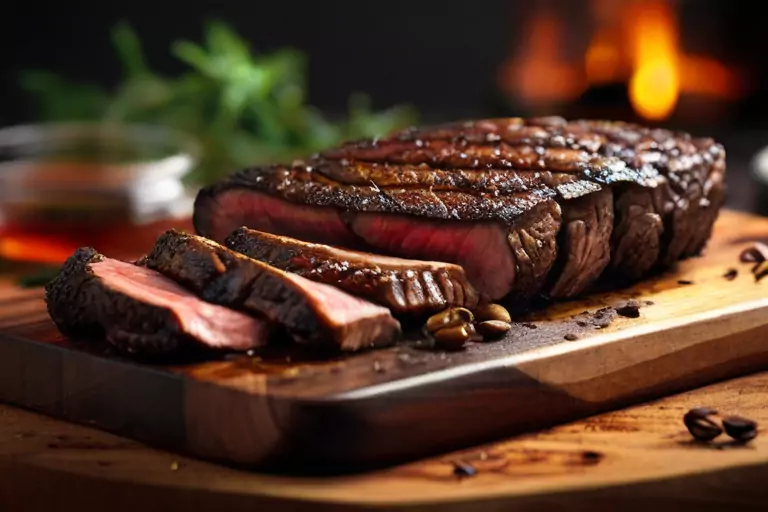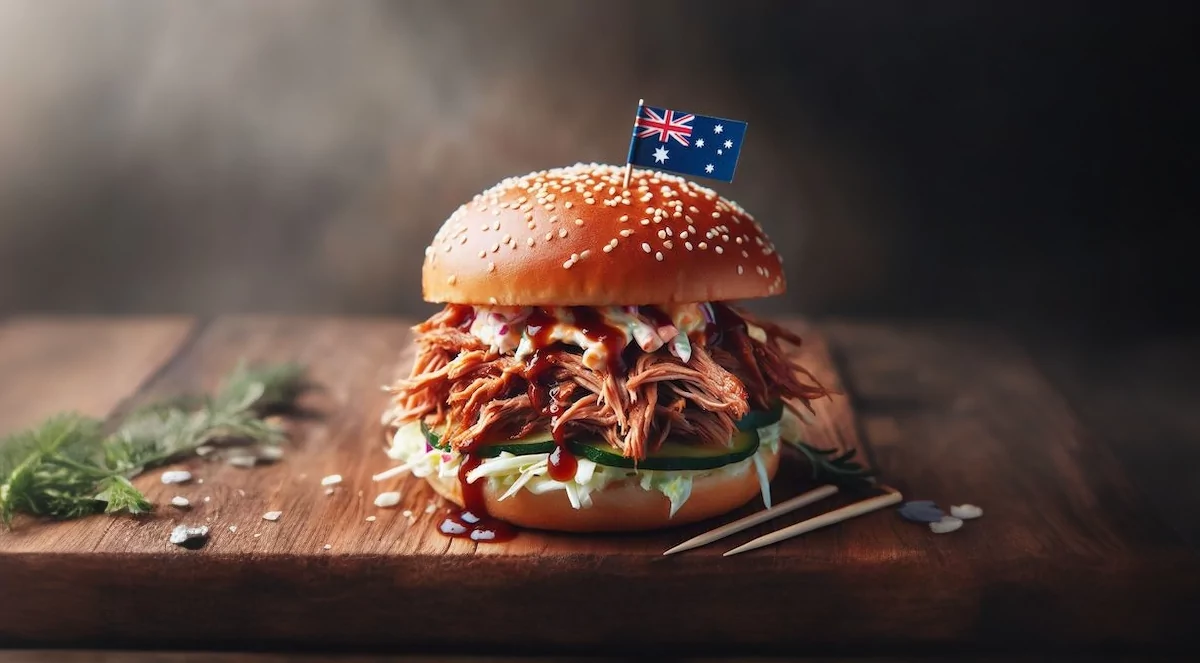I like to showcase the true versatility of the spices that we’ve made. I’m just as likely to use Big Tex in a spicy rice as I am to splash the Coat of Arms all over some roasted potatoes. I am always trying to layers flavours together in new recipes.
Dry Rubs vs Wet Rubs
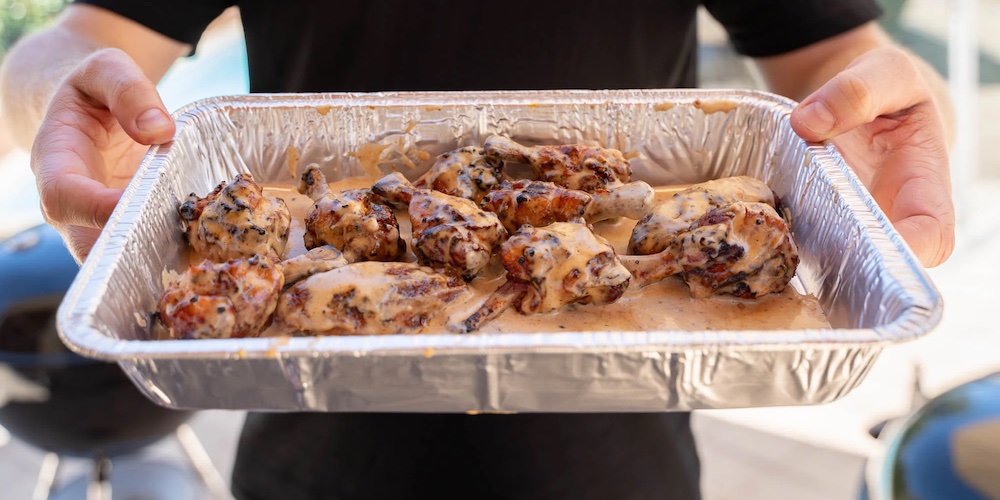
Confused about when you should use dry rubs vs wet rubs and the differences between the two? Don’t worry! In this guide, I’ve explained the distinctions between these two seasoning methods, offering my insights and practical advice to enhance your grilling experience.
Key Takeaways
- Dry rubs are a mix of dry spices applied directly to meat before cooking.
- Wet rubs combine spices with a wet ingredient (like oil or vinegar) to form a paste.
- Use dry rubs for a crispy bark and deep flavour.
- Use wet rubs for moisture and a glossy finish.
What’s the Difference Between Dry Rubs & Wet Rubs?
Basically, dry rubs are a blend of dry spices that coat the surface of the meat, creating a crust that’s rich in flavour, while wet rubs mix spices with a wet ingredient to form a paste that sticks better to the meat and adds moisture.
Typical Ingredients in a Dry Rub
- Salt and sugar: These are essential for not just flavour balance but also for their roles in moisture control and surface browning. The sugar caramelises under heat, contributing to a beautiful crust and rich flavour.
- Spices: The variety used, such as paprika for colour and mild heat, black pepper for sharpness, cayenne for a spicy kick, and cumin for its warm, earthy tone, allows for a complex flavour profile. Each spice can dramatically alter the taste experience.
- Herbs: Dried herbs like thyme, oregano, and rosemary add a fragrant, earthy element that complements the robust flavours of the meat. They’re chosen for their ability to withstand long cooking times without losing their essence.
- Aromatics: Garlic powder, onion powder, and mustard powder provide depth and complexity. These ingredients add subtle yet distinct flavours that penetrate the meat during cooking, enhancing its natural taste.
Typical Ingredients in a Wet Rub
- Base spices and herbs: These typically use similar base spices and herbs to dry rubs. However, the wet medium helps these spices stick to the meat better, allowing for a deeper infusion of flavours.
- Liquid ingredients: The choice of oil, vinegar, or citrus juice not only adds moisture but also influences the flavour profile. For instance, vinegar can introduce a tangy note, while citrus juice can add a bright, acidic touch, tenderising the meat further.
- Flavour enhancers: Ingredients like soy sauce, Worcestershire sauce, and mustard introduce umami, tanginess, and a hint of spice, respectively. These enhancers can make the flavours more complex and multi-dimensional.
- Sweeteners: Honey or molasses not only add sweetness but also contribute to the formation of a sticky glaze when cooked, creating a glossy finish and a slightly caramelised flavour.
Pros and Cons of Dry Rubs
Generally, there are many more pros than cons when using dry rubs.
However, for argument’s sake, I’ve laid out the main pros and cons for each below:
Pros
- Creates a flavourful crust on meats.
- Ideal for slow cooking, enhancing flavours over time.
Cons
- May not stick as well without a binder.
- Can dry out meat under high heat.
Pros and Cons of Wet Rubs
Likewise, it’s hard to go wrong when using a wet rub.
Again, for the sake of argument, I’ve laid out the main pros and cons for each below:
Pros
- Helps retain moisture in the meat.
- Good for quick cooking, keeping meat juicy.
Cons
- May prevent searing, leading to steaming instead.
- Might not form a crust as dry rubs do.
When to Use Dry Rubs
I recently used a dry rub on a brisket that I slow cooked. The bark it created is now legendary among my friends.
I typically use dry rubs for:
- Crispy meat: Dry rubs make meat crispy on the outside, especially with high heat. They add a lot of flavour.
- Slow cooking: They’re good for cooking meat slowly at low heat, like brisket, because they add flavour without burning.
When to Use Wet Rubs
Adding a wet rub on chicken wings before a quick grill will make them deliciously sticky and packed with flavour.
These are great for:
- Moisture: Wet rubs are excellent for keeping meats juicy and tender.
- Shorter cooking times: They’re great when you don’t have hours to spare.
FAQs
Can I use both rubs on the same meat?
Absolutely! Starting with a dry rub and finishing with a wet rub can give you the best of both worlds.
Should meat be marinated with a rub?
While not necessary, letting the meat sit with a dry rub can enhance the flavours.
Are wet rubs the same as marinades?
No, wet rubs and marinades are different.
Wet rubs are a mix of spices and a bit of liquid that turns into a paste. You put this paste on the outside of the meat . This is usually done just before you cook the meat.
Marinades are more like a liquid mix that has things like vinegar or lemon juice in it, along with herbs and spices. You soak the meat in this mix to add flavour and make it softer. You can leave meat in a marinade for a few hours or even a couple of days.
So, while both wet rubs and marinades make your food taste better, they do it in different ways.
For more information about marinades, read our blog covering the difference between dry rubs vs marinades.
Conclusion
Choosing between dry and wet rubs ultimately depends on your cooking style, desired outcomes, and the types of flavours you wish to impart on your meat.
Experimenting with both will help you level up your BBQ game, combining deep, complex flavours with the perfect texture.
Ready to take your grilling game to the next level? Browse our range of Australian-made BBQ rubs and spices to find the perfect blend for your next culinary adventure.
Or if you are looking for bulk quantities, you can also buy your BBQ rubs wholesale.
Whether you’re aiming for a crispy bark or a succulent finish, we’ve got something to suit every taste.

